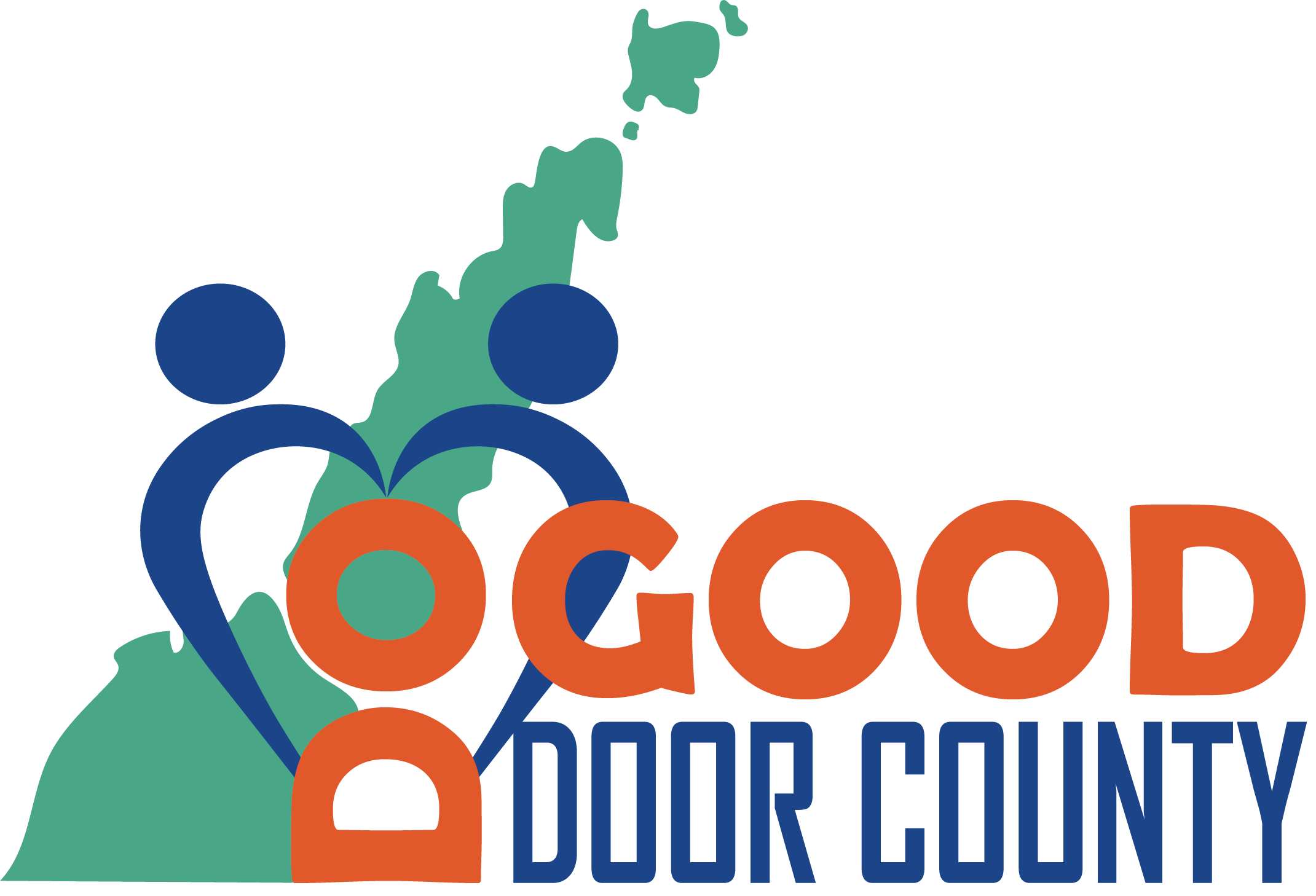by Cynthia Germain
There have been concerns expressed by many in the Sister Bay area about the recent purchase of Scandia Village by a for-profit organization. Certainly, its long history as a non-profit has an impact on opinions. This transition does reflect the evolving dynamics within the older adult care industry and prompts a closer look at the types of companies that own and operate these facilities. Let’s examine the advantages and disadvantages of each ownership model.
The advantages of for-profit ownership include financial stability and resources, efficiency and innovation, and perhaps market competition. For-profit companies often have access to greater financial resources, enabling them to invest in state-of-the-art facilities, advanced technology, and cutting-edge staff training. For-profit facilities may also be more inclined to innovate and adopt new technologies and care practices to enhance efficiency and resident satisfaction. And the presence of for-profit facilities can foster competition which can drive improvements in service quality, amenities, and overall resident experience.
Some would argue that for-profit facilities prioritize financial gain over the well-being of residents. Cost-cutting measures, such as reducing staff levels or minimizing essential services, could compromise the quality of care provided. Additionally, while for-profit facilities may offer advanced amenities and services, they often come with higher costs for residents and their families.

The significant advantage of non-profit ownership is the focus on the mission to serve the community, prioritizing the well-being and satisfaction of residents above financial gain. Non-profit facilities also enjoy strong community support and engagement, as they are perceived as trusted institutions dedicated to serving the needs of the community. Non-profits also have access to grants and other forms of financial support, which can help offset operating costs and expand services for residents.
That being said, non-profit organizations may face financial limits which can impact their ability to invest in improvements, staff training, and advanced technologies. Fluctuations in funding levels or changes in donor priorities can pose challenges to financial sustainability. Non-profits can also be subject to greater bureaucratic oversight and regulatory compliance requirements, which can lead to administrative inefficiencies and increased operating costs.
So while for-profit companies may offer financial stability and innovation, non-profit organizations are driven by a mission to serve the community. Ultimately, the key lies in striking a balance between financial viability and resident-centered care, regardless of ownership. By prioritizing the needs and preferences of older adults, we can create environments that promote dignity and quality of life in every care setting.


The article on for profit and not for profit was fair, honest and balanced. Thanks for that!
As a Scand resident, my only negative comment for the not for profit that owned and managed us is that they were inept, seemingly uncaring and generally destructive in their management here.